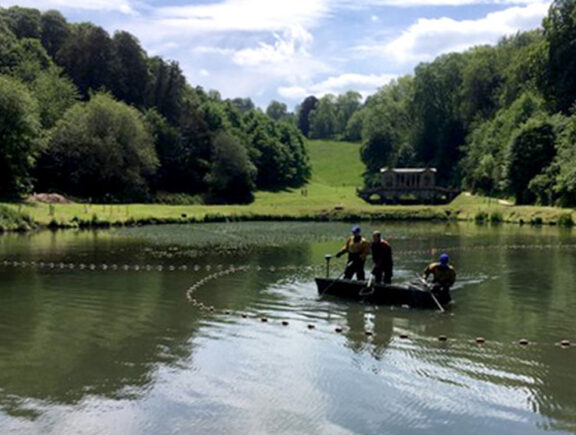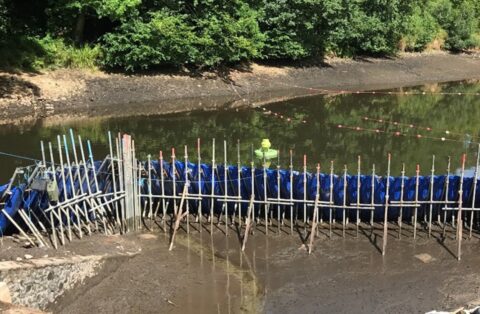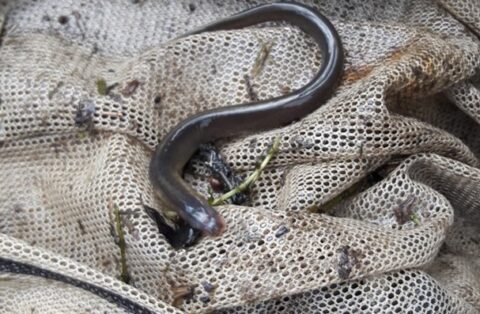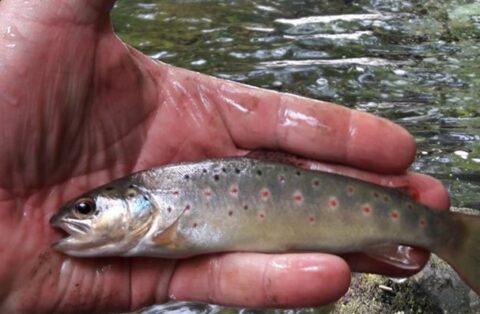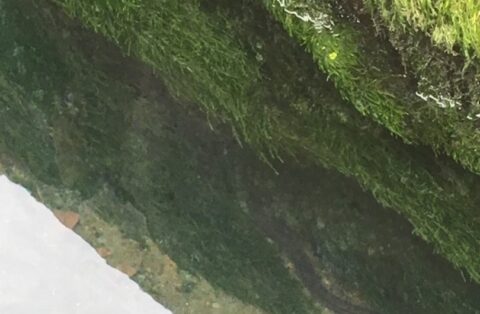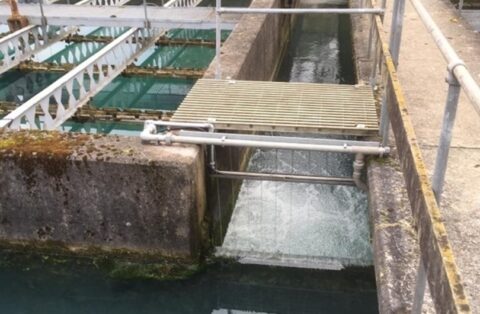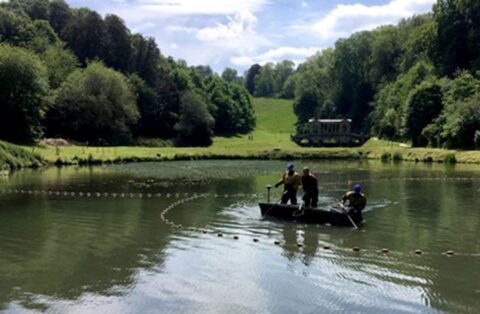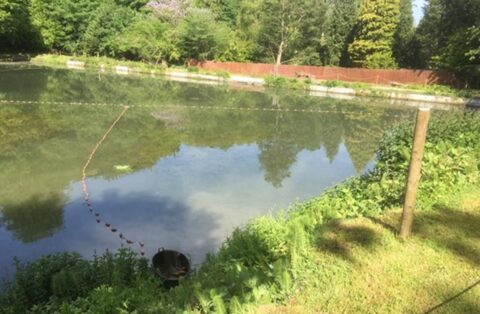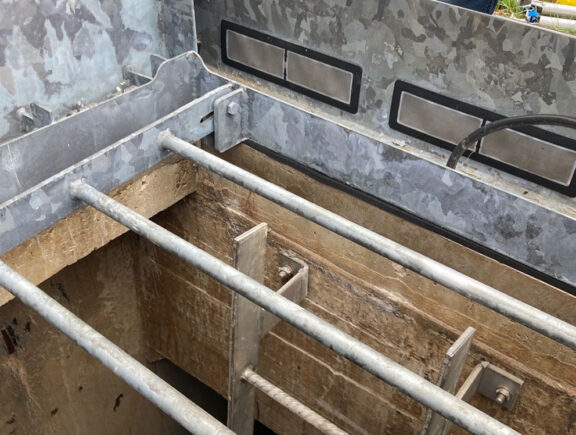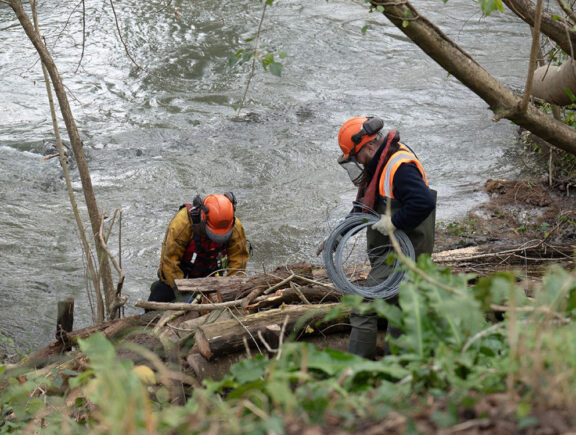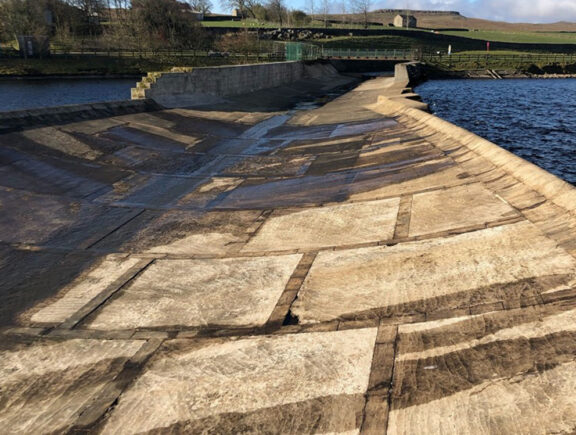Early Contractor Involvement (ECI) with Stonbury allows its specially trained in-house team to manage the entire programme of works, monitor ecology throughout and react immediately to unforeseen circumstances without the need to enlist a sub-contractor.
Stonbury assesses each project individually, identifies risks and prepares the various applications and health checks necessary to move fish safely before beginning construction work. This may include sample netting to establish quantities, health, and presence of protected or invasive species.
A licence is usually granted to remove fish with equipment other than Rod and Line, which allows the team to use seine nets to rescue fish in a safe and timely manner. Stonbury has a variety of nets suited to the requirement, from 15-metre fry nets to larger seines more than 150 metres in length.
In cases where the geography prevents likelihood of successful netting, or where critically endangered eels are present, electrofishing is employed – this technique stuns the fish and causes involuntary swimming towards the anode where they can be safely netted and transferred.
After capture, fish are transferred to a waterbody outside the working area, or to an oxygenated recovery tank in the cases where electrofishing is employed. Once it is safe to do so, fish are health-checked before a permit is issued to return them to the natural water body.
